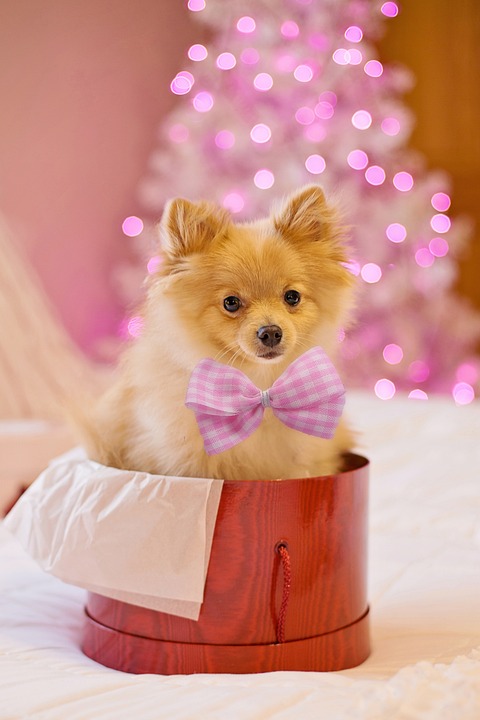Crate Training Your Puppy: A Comprehensive Guide for Effective Training
Introduction:
Crate training is an invaluable tool for teaching your puppy proper behavior, providing them a safe haven, and preventing unwanted accidents or destructive behavior. This article will guide you through the process of crate training your puppy effectively, ensuring a positive experience for both you and your furry friend.
I. Why Crate Training is Important for Your Puppy:
a. Understanding the benefits of crate training: Crate training helps with potty training, prevents destructive behavior, and provides a safe space for your puppy.
b. Creating a safe and secure space for your puppy: A crate can serve as a den for your puppy, mimicking their natural instinct to seek shelter.
c. Developing good habits and preventing behavioral issues: By using a crate, you can establish a routine and teach your puppy proper behavior from an early age.
II. Choosing the Right Crate:
a. Determining the appropriate size and type of crate for your puppy: The crate should be large enough for your puppy to stand, turn around, and lie down comfortably.
b. Ensuring comfort and safety within the crate: Provide bedding and toys to make the crate a comfortable and inviting space for your puppy.
c. Gradual introduction to the crate and creating a positive association: Start by placing treats and toys in the crate to encourage your puppy to enter willingly.
III. Step-by-Step Crate Training Process:
a. Introducing your puppy to the crate: Allow your puppy to explore the crate at their own pace, using positive reinforcement to create a positive association.
b. Proper crate usage and scheduling: Establish a consistent schedule for crate time, including meal times, playtime, and potty breaks.
c. Encouraging voluntary crate entry: Use treats and verbal cues to encourage your puppy to enter the crate willingly, making it a positive experience.
d. Gradually increasing crate time and duration: Start with short periods and gradually increase the time your puppy spends in the crate, ensuring they are comfortable and relaxed.
e. Using positive reinforcement techniques: Reward your puppy with treats and praise when they exhibit desired behavior in the crate.
IV. Common Challenges and Troubleshooting:
a. Dealing with initial resistance or fear of the crate: Gradually introduce your puppy to the crate, using positive reinforcement to build trust and reduce fear.
b. Addressing excessive whining or barking: Ignore attention-seeking behavior and reward quiet, calm behavior in the crate.
c. Handling crate-related anxiety or stress: Provide comfort items, such as a blanket or a piece of clothing with your scent, to help alleviate anxiety.
d. Preventing crate-related accidents: Take your puppy outside for potty breaks frequently and ensure they have ample opportunity to relieve themselves before crate time.
V. FAQs about Crate Training:
1. What age should I start crate training my puppy? It is best to start crate training as soon as you bring your puppy home, usually around 8-10 weeks old.
2. How long can I leave my puppy in the crate? Puppies have limited bladder control, so they should not be left in the crate for more than a few hours at a time.
3. Should I cover the crate with a blanket? Covering the crate can create a cozy and den-like environment, but make sure your puppy has proper ventilation.
4. Can I use the crate for punishment? No, the crate should always be associated with positive experiences and never used as a form of punishment.
5. How do I deal with my puppy soiling the crate? Take your puppy outside for potty breaks frequently and clean the crate thoroughly to remove any lingering odors.
6. Can I crate train an older dog? Yes, crate training can be effective for dogs of all ages, but it may require more patience and time for older dogs to adjust.
Conclusion:
Crate training is a highly effective and humane method to train your puppy, providing them with a safe and secure space while promoting good behavior. By following the steps outlined in this guide and troubleshooting common challenges, you will successfully crate train your puppy and foster a strong bond built on trust and positive reinforcement.









